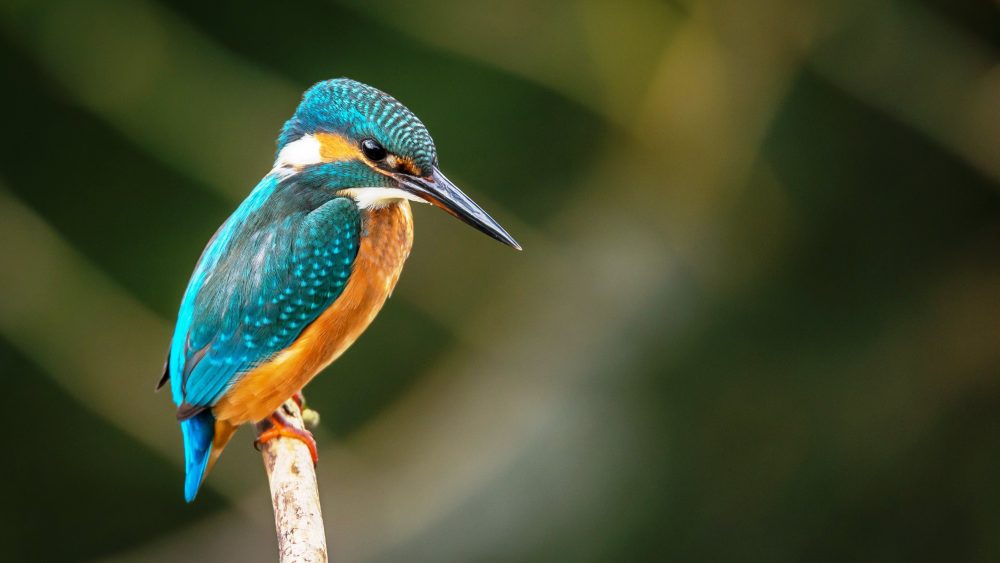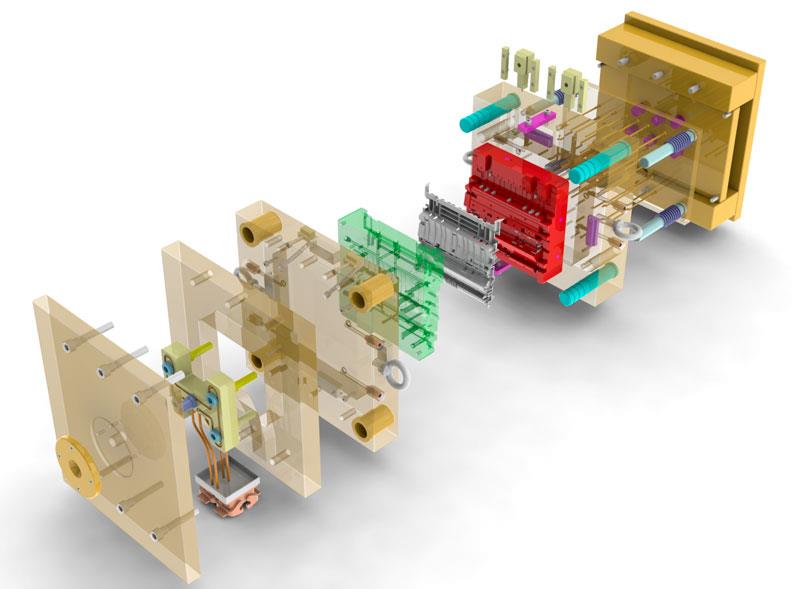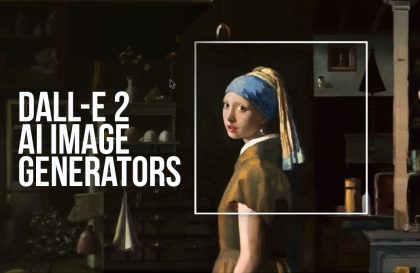“Look deep into nature, and then you will understand everything better.” Albert Einstein
Nature has always been used as a source of inspiration in engineering applications. It has very efficient and environmentally friendly systems which are demanded by the modern world. Well, maybe, the only thing that engineers and scientists have to do is look deep into nature.
Biomimicry can be defined as seeking solutions based on the examples in nature. People always tend to imitate nature even before the presence of the concept of engineering. Some state Leonardo da Vinci’s “flying machine”, which was inspired by wings of birds, as one of the first examples of biomimicry. However, in my view, it goes back to On the Sagacity of Bees of Pappus of Alexandria (ca. 290 AC to ca. 350 AC). He stated, being inspired by honeycombs, that a repeating hexagonal pattern was the optimal way of storing honey. This idea is still in use in different applications. The number of this kind of ideas inspired by nature has increased with the development of engineering.
Today, nature is one of the main sources when engineers and scientists struggle with a problem. It is possible to see examples of ideas that come from nature in almost all disciplines of engineering. For instance, there is no doubt that the basic design of wings of a plane was inspired by wings of birds. Also, the shape of beaks of birds and body shape of fishes have helped to improve the aerodynamics of not only planes but also trains, cars, blades of wind turbines and other machines which are desired to move in a medium. Moreover, scientists from Harvard University investigated shark skin using micro-CT and showed that shark skin is covered all over the body with tiny teeth (denticles)*. The same structure, which was modelled using 3D Printing, have provided a reduction in energy consumption with increased speed.
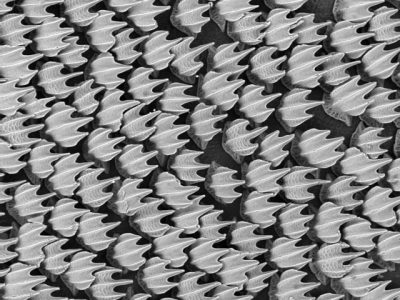
Maybe, one of the most known stories is the solution to noise problem of Japan’s bullet train when exiting in a tunnel. The train at high speed pushes the air to exit the other end of the tunnel and if the high-speed train does not design well, this happens with a high level of noise. This was the problem of Japan’s Shinkansen bullet train. Thankfully, Eiji Nakatsu, the chief engineer of Shinkansen 500 train, was a bird-watcher. He observed that kingfishers can divide into the water with almost no water splashing. This smooth passing of the beak of a kingfisher from one medium to another provided the inspiration for the new design. When the new design inspired by the beak of a kingfisher was applied, the results increased in the speed, reduction in the electricity consumption and low noise level. Also, the designs of pantograph and pantograph supporting shaft were inspired by feathers of wings of the owl and the body shape of Adelie penguin, respectively.
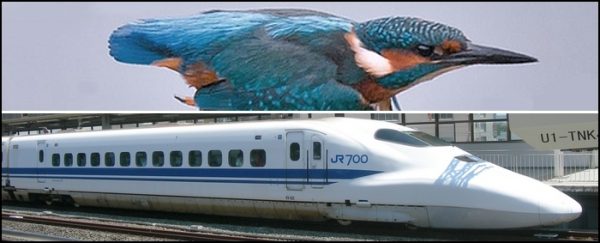
One of the companies who systematically uses biomimicry in their automation products is Festo. It is possible to find many automation and robotic applications developed by the company. Gripping modelled on a chameleon’s tongue, an octopus tentacle and a bird’s beak, ultralight flying objects inspired by butterflies and different applications inspired by an elephant, a penguin, an ant and etc. have been designed as they can be seen here. Not only companies like Festo but also academic world have been looking into nature for a long time, in order to get ideas. Flying snakes have been investigated to increase flight performance. TED talk by Dr Jake Socha from Virginia Tech can be watched from here. As another example, Deqing and his colleagues from Zhejiang University presented a bionic structure of ultra-precision vibration isolation system by imitating the special organic texture of woodpecker’s brain**. It is possible to increase the number of examples.
People always imitated nature and even though we have advanced mathematics and powerful computers, it seems that engineers will keep getting inspirations from it. This is because it generally presents efficient and environmentally friendly ways to do things. Even if we ignore that we completely depend on nature to sustain our lives, nature with all knowledge that it bears is crucial. So, if we want a well-designed future, we shall start with protecting nature.
Sources:
Cover Image Source: Shahin Olakara via flickr.com
*http://jeb.biologists.org/content/217/10/1656
**http://ieeexplore.ieee.org/document/1438966
https://biomimicry.org
https://99percentinvisible.org/article/biomimicry-designers-learning-natural-world/
https://www.festo.com/group/en/cms/10156.htm


